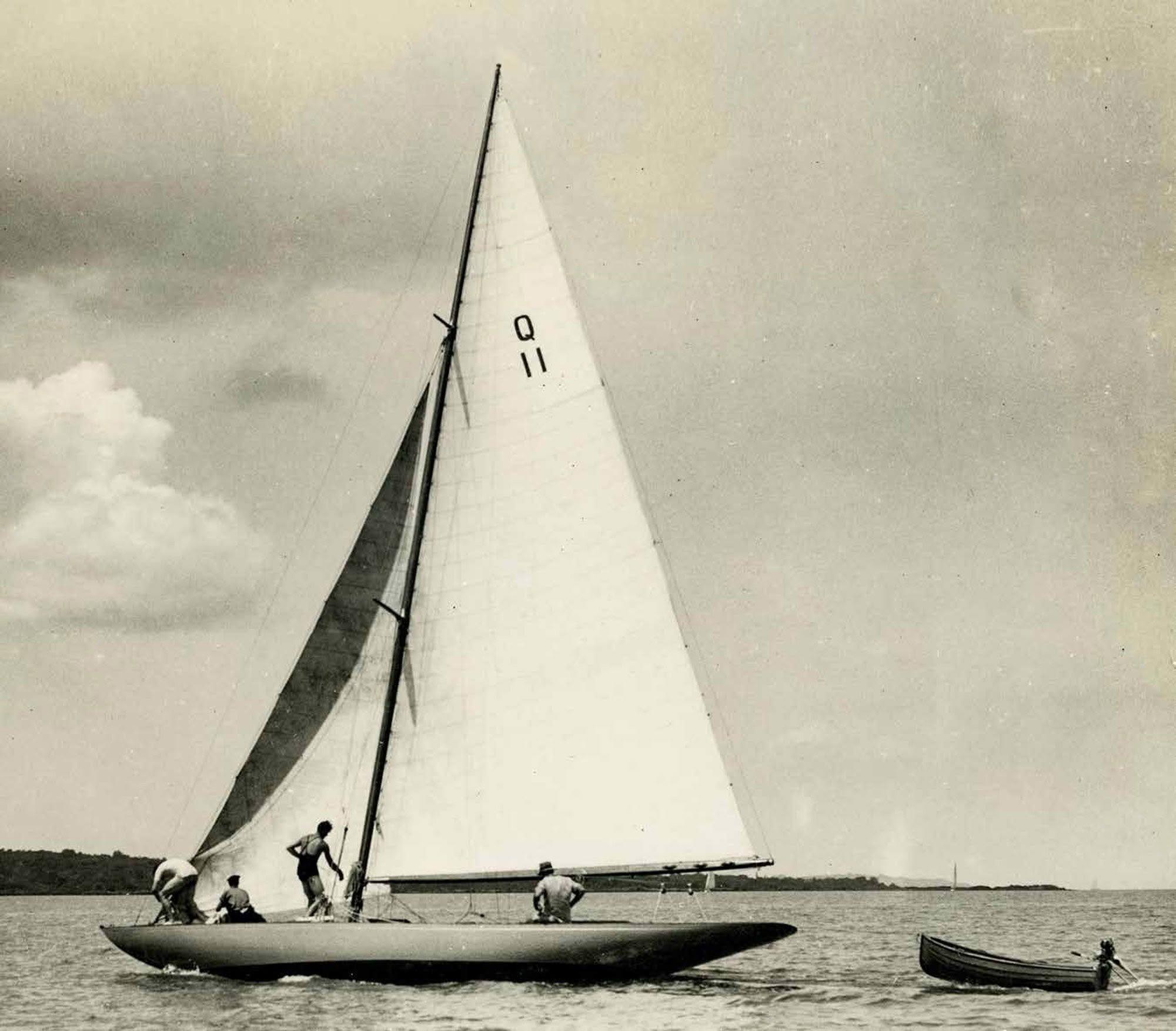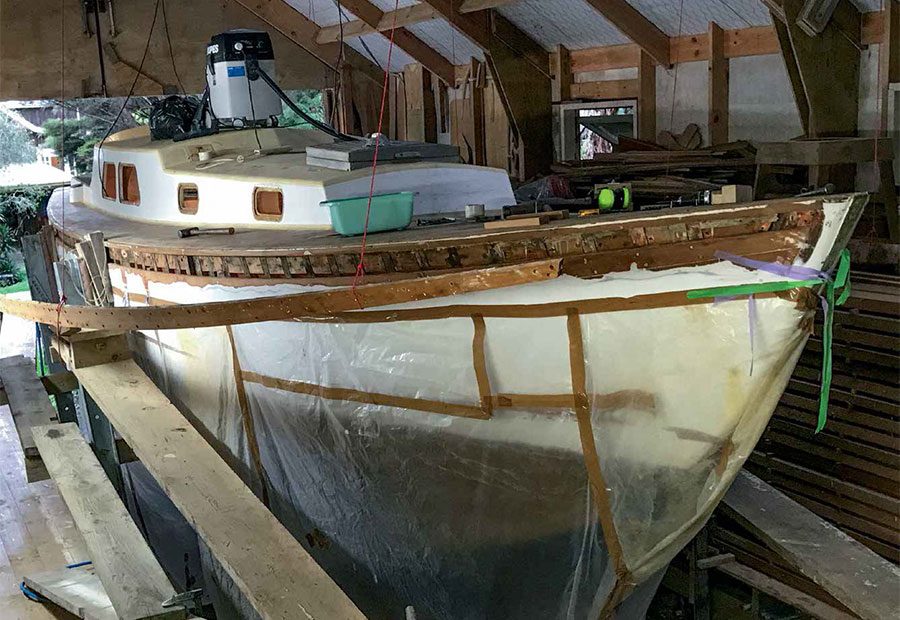

In last month’s issue Ian Wells had arrived at the point where his halfbrother Boy Wells of Whitianga was contemplating removing the concrete ballast keel from his 33ft keel yacht Florence and replacing it with lead to stiffen her up. He had retained the ton-and-a-half of lead from the family’s old gaff cutter Alice, broken up in the 1940s, but needed a lot more.
Ian continues, “The opportunity came in the late 50s. A yacht named Iona had been driven ashore and completely wrecked on most inhospitable rocks at the foot of a 60-foot cliff in Mouse Bay, on the western side of Great Mercury Island. Iona broke up and disappeared completely. I understand from his son Renn that Boy was anchored in Mercury Cove, honeymooning with his new bride Kath, when the grounding happened, and that he ferried the crew back to Whitianga.
When Boy decided to look into finding the lead, he did a search with facemask and snorkel over the transom of the dinghy (the Florence crayfishing technique) at the site pinpointed with the help of the genial Pat Mizzen, the island’s resident farmer. At low water he sighted the lead keel. Boy then negotiated with the insurers and for the sum of £5 he became the owner of this underwater treasure. It became the target for the next Christmas cruise…
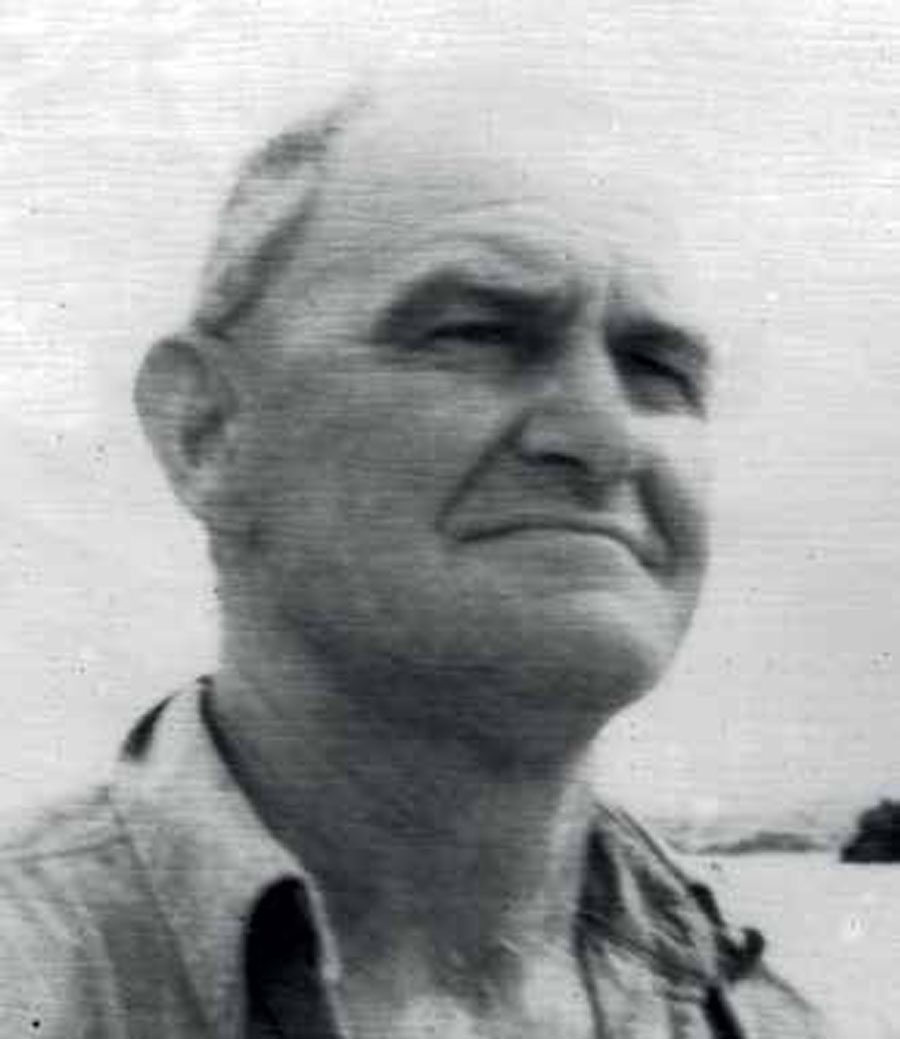
The recovery was to face huge challenges, and this was where Boy’s immense practicality was displayed. How to cut the lead into manageable pieces was not the least of the challenges, and Boy travelled over the peninsula to Prices Foundry at Thames for advice. The foundry made him steel cold-chisel-like wedge implements equipped with handles, known in the art of blacksmithing as ‘sets’. Armed with a ten-pound sledgehammer and some brave volunteers to hold the implements in position, Boy was in business.
The plan was to drag the keel shoreward and cut the lead into manageable chunks as it emerged into shallower water. There was no anchor point for heaving tackle nearby, so Boy ran a long wire rope cable right up the cliff, over the spur, and attached it to a good-sized pohutukawa tree on the shoreline of the next coastal indentation. On the business end of the cable, he had an endless chain, secured to the keel – initially with a wire strop, later a cradle of chains, as the recovery progressed.
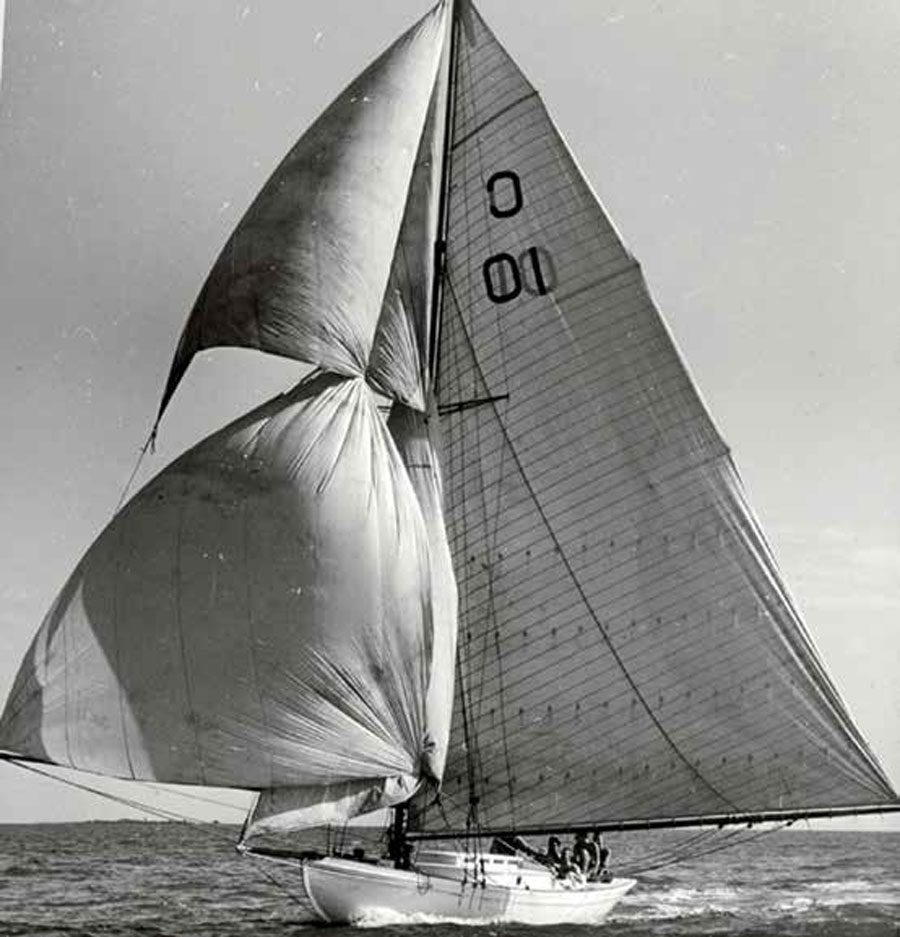
It worked! Boy, a well-practised axeman after years of cutting and splitting puriri fence posts, removed the keel timbers with an axe as it reached shallow water. Then work began on the lead. The team soon got the hang of the cutting technology. The pieces of lead were loaded into the dinghy (kept off the rocks with some difficulty by an anxious oarsman) and ferried out to the anchored Florence. Each evening or morning, depending on the tide, the harvest of huge lumps of lead was unloaded onto the jetty in Mercury Cove. Amazingly, Boy swung that bloody great hammer all day – every day!
Florence had been generously provisioned for the trip, because Boy realised it would be hard work and that everyone would get hungry. But… that tucker ran out on the third day! Young Philip, then nine years old, was relieved of all other duties and designated ‘Principal Hunter and Forager’. He spent each day fishing, gathering crayfish, mussels and paua, mushrooms and anything else he could find. He reports that everyone was fed well, but we can’t confirm that!

Lady Jocelyn, the regular supply vessel for Whitianga, was unable to keep up with the Christmas holidaymaker rush on the local grocers that season and so was helped out by the Auckland scow Success. It was Success that called into Mercury Cove en route to Whitianga with supplies for the farm, and Success picked up the lead, ferrying it to Whitianga.
And there it was – job done! Together with the contribution from Alice, there was more than enough lead for the Florence job. The only real cost was damage to one dinghy, swept onto the rocks by a rogue roller while being loaded, despite the best efforts of the oarsman.
The next part of the story is the pouring of Florence’s new keel. Howard Pascoe, the Whitianga boatbuilder, made the mould. Boy buried it in the sandhill in front of the farm homestead, ready for the big pour.
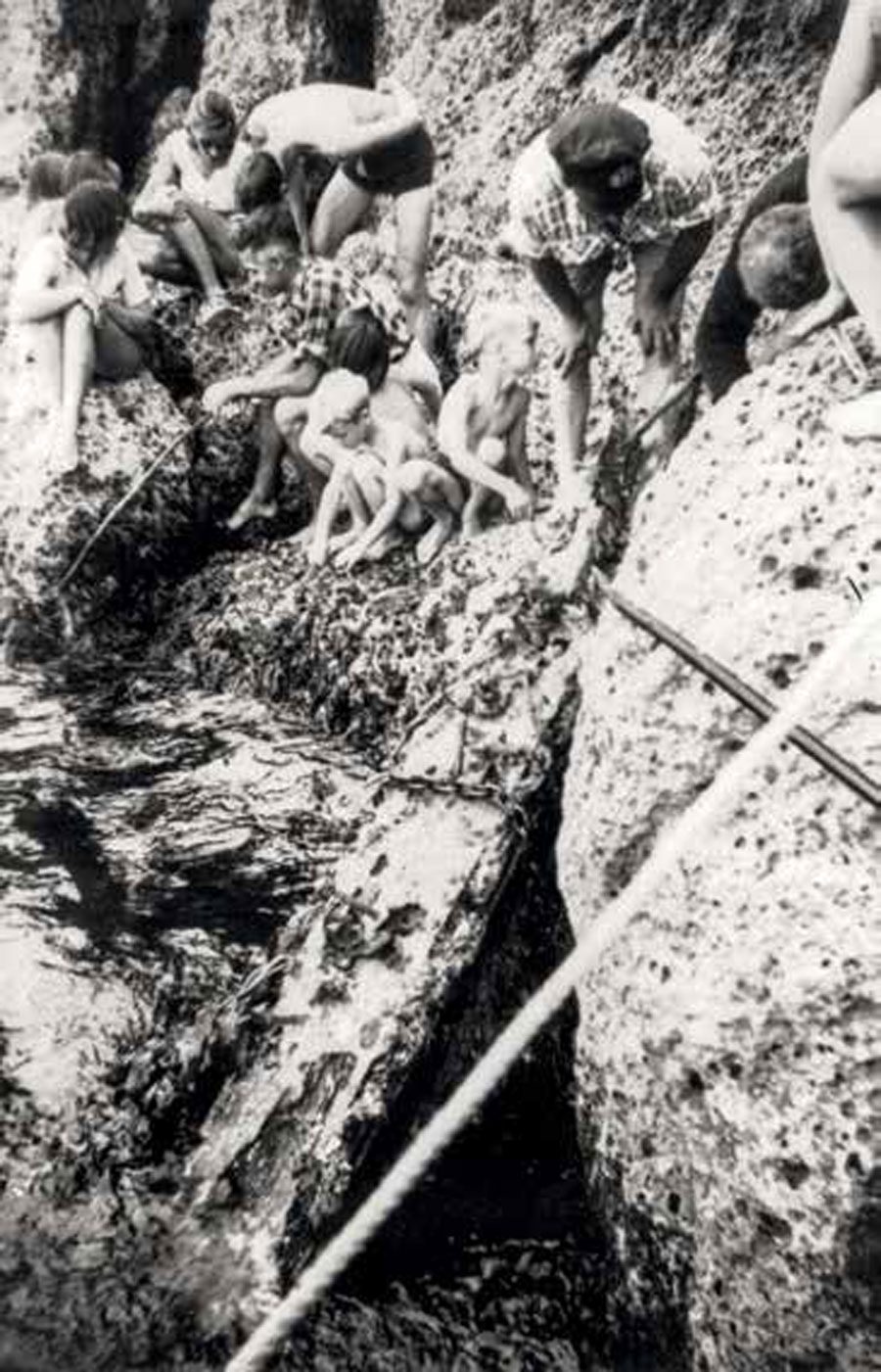
Boy had read Johnny Wray’s account of pouring the keel for Ngataki. He set up a sturdy steel frame carrying 44-gallon drums, plumbed with brass stopcocks. He noted that Wray found that he needed a “very hot” fire. So, the lead pieces were put in the drums and the mother of all fires was lit. Shelterbelt logs, home firewood, the neighbour’s picket fence and whatever else came to hand went into it. The idea was to simply run the molten metal off into the mould.
But it wasn’t that simple… the brass stopcocks melted and the lead ran out and solidified as a thin layer of toxic groundcover! “Great balls of fire!” was one of Boy’s favourite expletives, and it must have rung out loud and clear just then!
The second try, with all-steel plumbing, worked though, and the keel was poured successfully. It was suspended behind the local tow-truck (with its front wheels touching ground almost frequently enough to maintain steering) and taken under cover of darkness to Howard Pascoe’s premises in Whitianga village! And Florence became a ‘new’ boat! BNZ
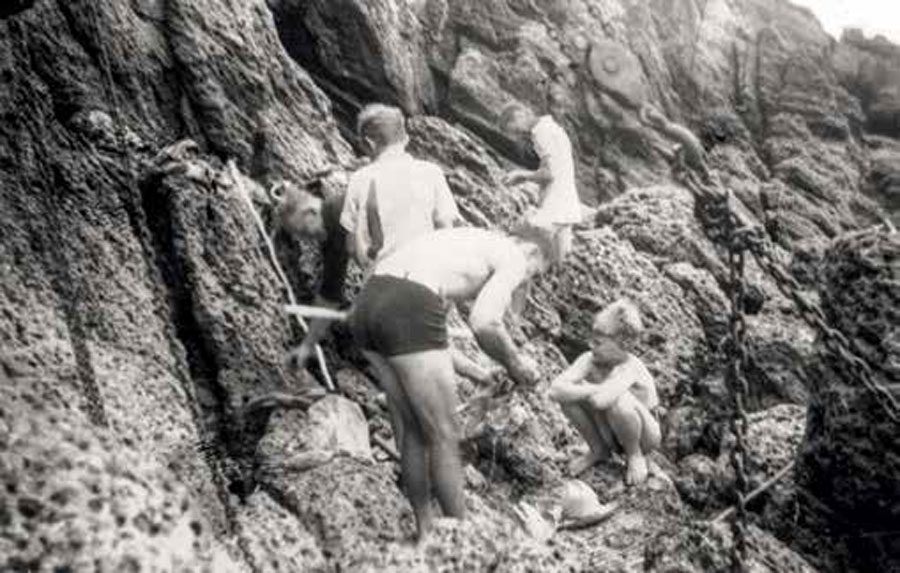
FLORENCE’S LEAD
Of all the components of a keel yacht, its lead is most eminently indestructible, valuable and recyclable. The provenance of most lead is unknowable, but Florence’s lead has a remarkable history. The oldest component is the part that came from the keel of Alice which I described last month as having been built by Robert Logan Sr in 1887 – probably at least a ton and a half.
The second component was the 32cwt of lead from the yacht Iona.
She was wrecked on Great Mercury Island in the early 1950s when owned by Jim Parker of Tauranga. She was a substantial French carvel construction 33ft keel yacht, built in Dunedin for George Currie as Annis in 1904 by Jack M’Lellan to a ‘fast cruiser’ design by Bailey & Lowe.
Annis was raced in Dunedin extensively then sold to Lyttelton in 1922. J. Waddell later bought her, renamed her Iona and shipped her north when he shifted to Auckland in 1927. She was allotted the sail number C10. She became wellknown for winning a challenge race against the crack 26ft mullet boat Celox and her entry in offshore races like the 1936 Balokovic Cup, which she won.
So, Florence’s lead keel has a clear, astonishing and unique provenance.
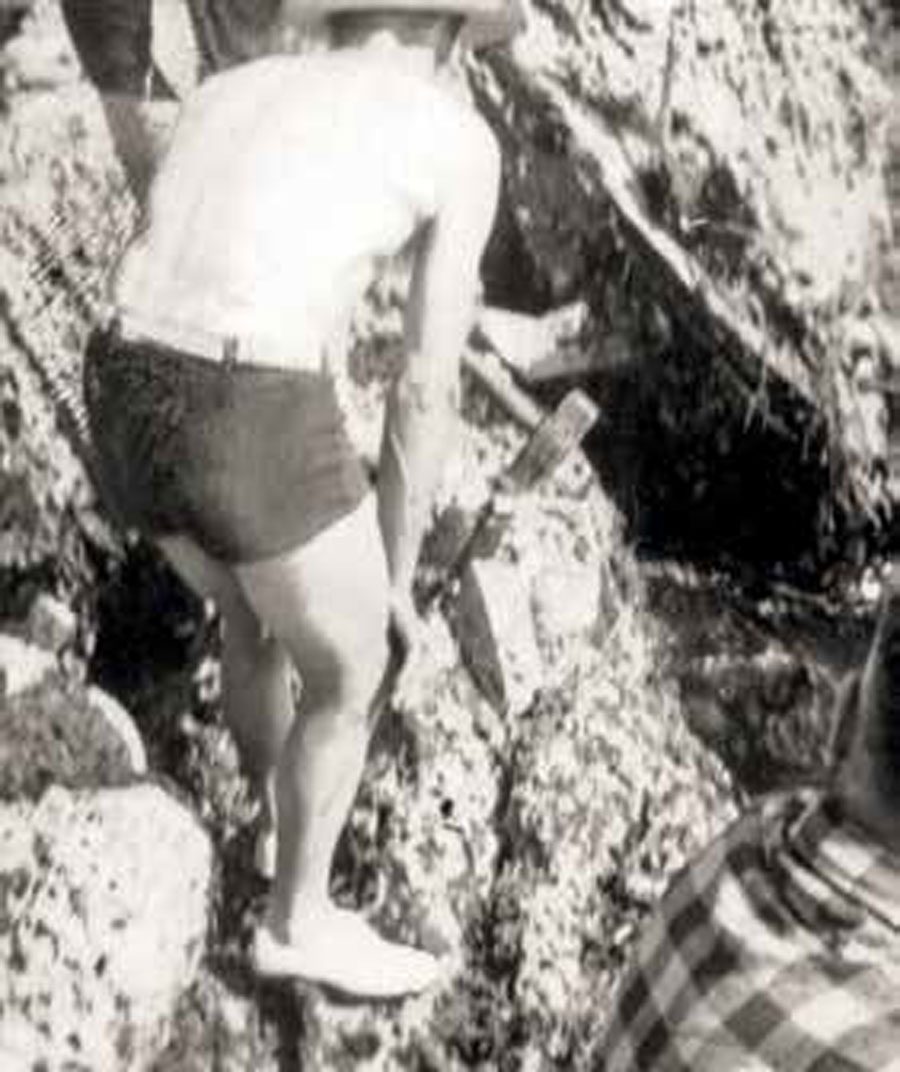
POSTSCRIPT
Boy lost a brief but fierce battle with a very malignant cancer in 1966 – at the age of just 57. The will bequeathed Florence equally to the three boys, Renn, Philip, and John – the product of the second marriage and at that time still a child.
At the age of just 25, Renn suddenly now had full responsibility for the farm, plus his young family to keep him busy. He had little time for sailing! Philip had left home and travelled overseas to work as a professional diver, and John was just nine years old. So, Florence had little use – or attention – for some years. As John reached maturity the boys talked of what to do about Florence, the upshot being that in 1978 John bought out the elder boys to become her sole owner.
John brought her home to the farm, put her in a temporary shed and went to work on her. He replaced the rotting cabin sides and replaced some of the brass screws securing the hull planking – those on one side were in original condition but some of those on the other had terminal corrosion (they must have been a faulty post-war batch!) He built an interior from a couple of white manuka logs that he acquired and had milled, and he fitted sullage and water tanks in the bilges.
He had created his home!
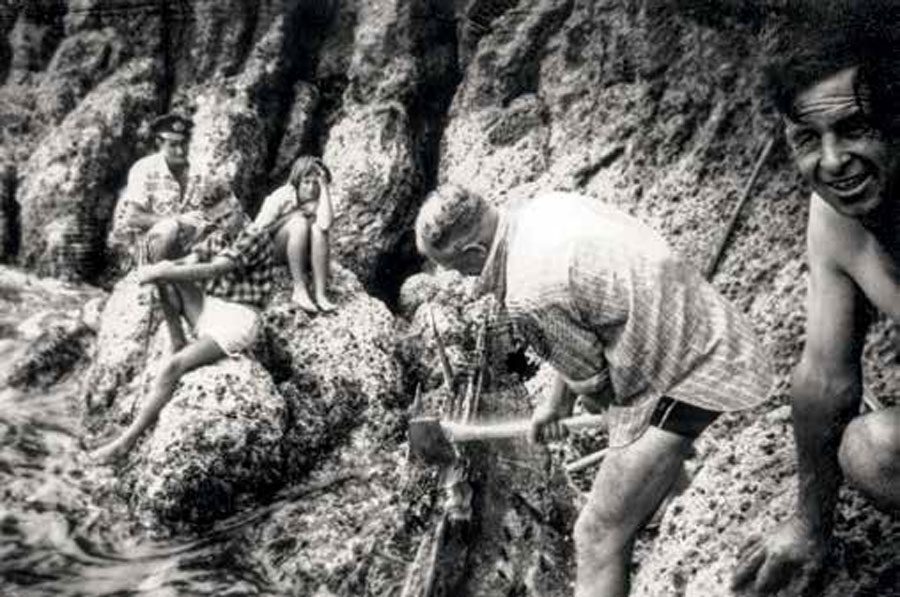
He sailed her northwards toward the sun, settling down in the Bay of Islands and living on board for many months. In time he followed the winter maritime path well worn by so many Kiwi yachties, cruising Florence to the Pacific Islands. She behaved impeccably!
He undertook a major refit in 1991 that included strengthening the top of the mast so that he could rig her as a masthead sloop – as shown in the original sailplan he found. John says that she sails much better than with the three-quarter rig as built. He is currently working on another major hull refit, replacing some strakes and framing timbers. The deck beams, in particular, have suffered with age – curiously the deck was originally fastened with galvanised steel screws!
When the hull is rebuilt to his satisfaction, John plans to give her a protective fibreglass skin and an underwater layer of epoxy copper antifouling. He says that when that is done, she will be set to give another 50 years of pleasure. He is clearly a caring owner and very conscious of heritage values.
What a great outcome!

